1.Comprehensive analysis and judgment
The system provides a visual display of various emergency information, such as emergency response, resource dispatch, monitoring and warning, professional judgment, and rescue progress. It enables real-time monitoring and warning analysis management of jurisdictional infrastructure, natural disasters, and production safety information, offering a unified view of the jurisdiction's overall operational status.

2.Collaborative consultation
By establishing a unified communication system that integrates data transmission, voice calls, and video access, the platform enables audio and video consultations between front-line personnel, back-end personnel, and relevant departments based on the event situation. It also allows for multi-department, multi-expert, dynamic remote consultations, collaborative plotting, and comprehensive assessments based on a single map.

3.Decision support
By building decision support knowledge models for various accidents and disasters, the system analyzes the characteristics, evolution patterns, and rescue difficulties of different accidents and disasters. It provides decision-making suggestions for risk prevention and emergency response, supporting efficient and professional rescue efforts. For example, using specialized models to dynamically simulate the impact range of floods, fires, explosions, and hazardous material leaks helps in scientifically preparing defenses, delineating accident warning zones, and determining evacuation areas.
4.Command and dispatch
The platform establishes resource demand analysis models, providing intelligent resource dispatch suggestions for various types of accidents and disasters. Using multiple communication methods, such as wired, wireless, and satellite, the system enables one-click rapid distribution of command and dispatch information, emergency resource tracking and positioning, and task tracking feedback. It strengthens communication support and visual management throughout the command and dispatch process in different operational environments, realizing mobile on-site emergency rescue applications and improving emergency office and disposal efficiency.

5、Emergency command system management, structured contingency plans, and case simulation
By digitizing the management of various levels and types of emergency plans, the platform intelligently associates relevant emergency response personnel and establishes professional communication groups for emergency command personnel. This enables quick searches, one-click communication, and group meetings, facilitating rapid organization and mobilization of resources, as well as command issuance and execution for a flattened command and dispatch structure.




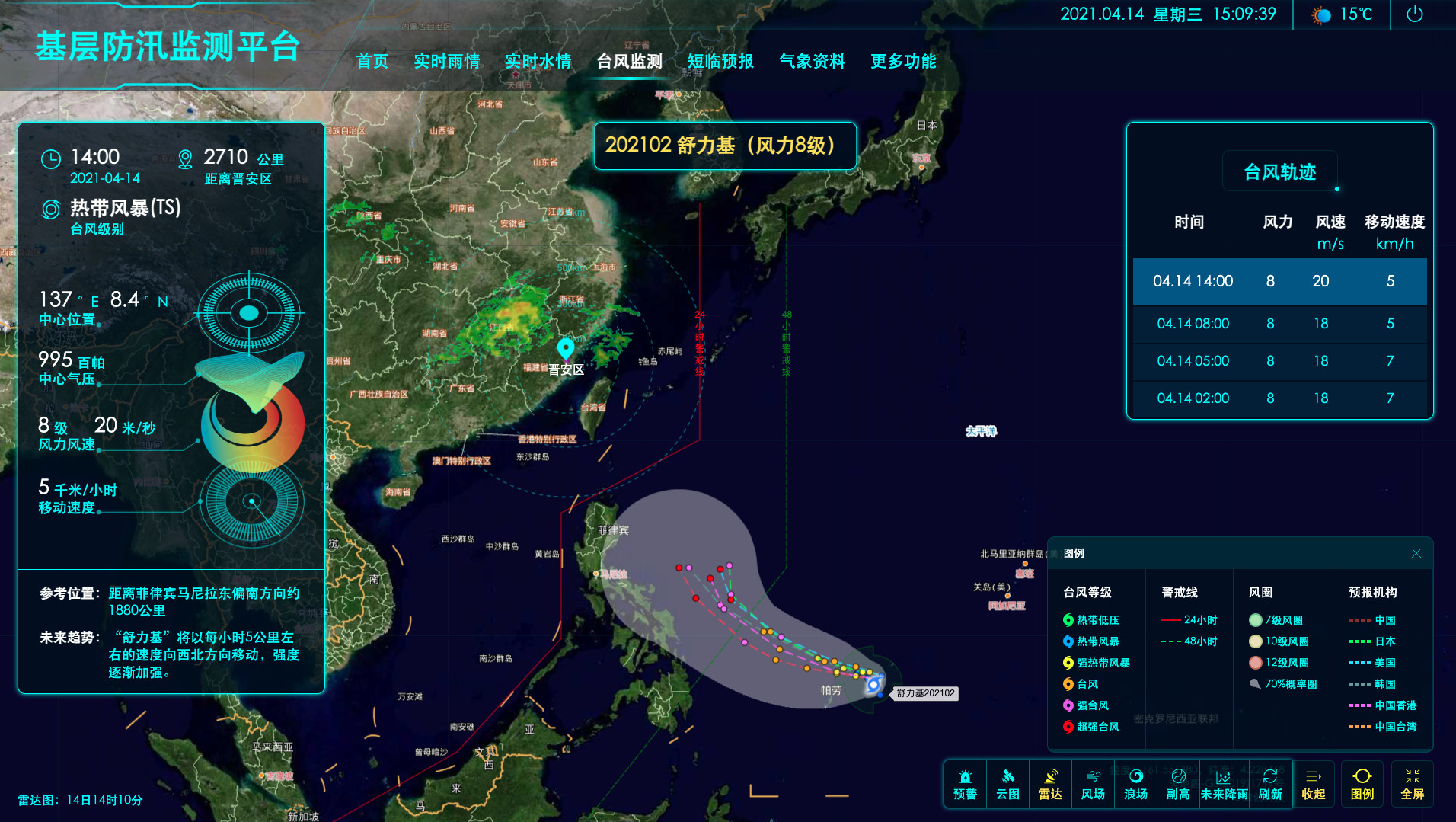
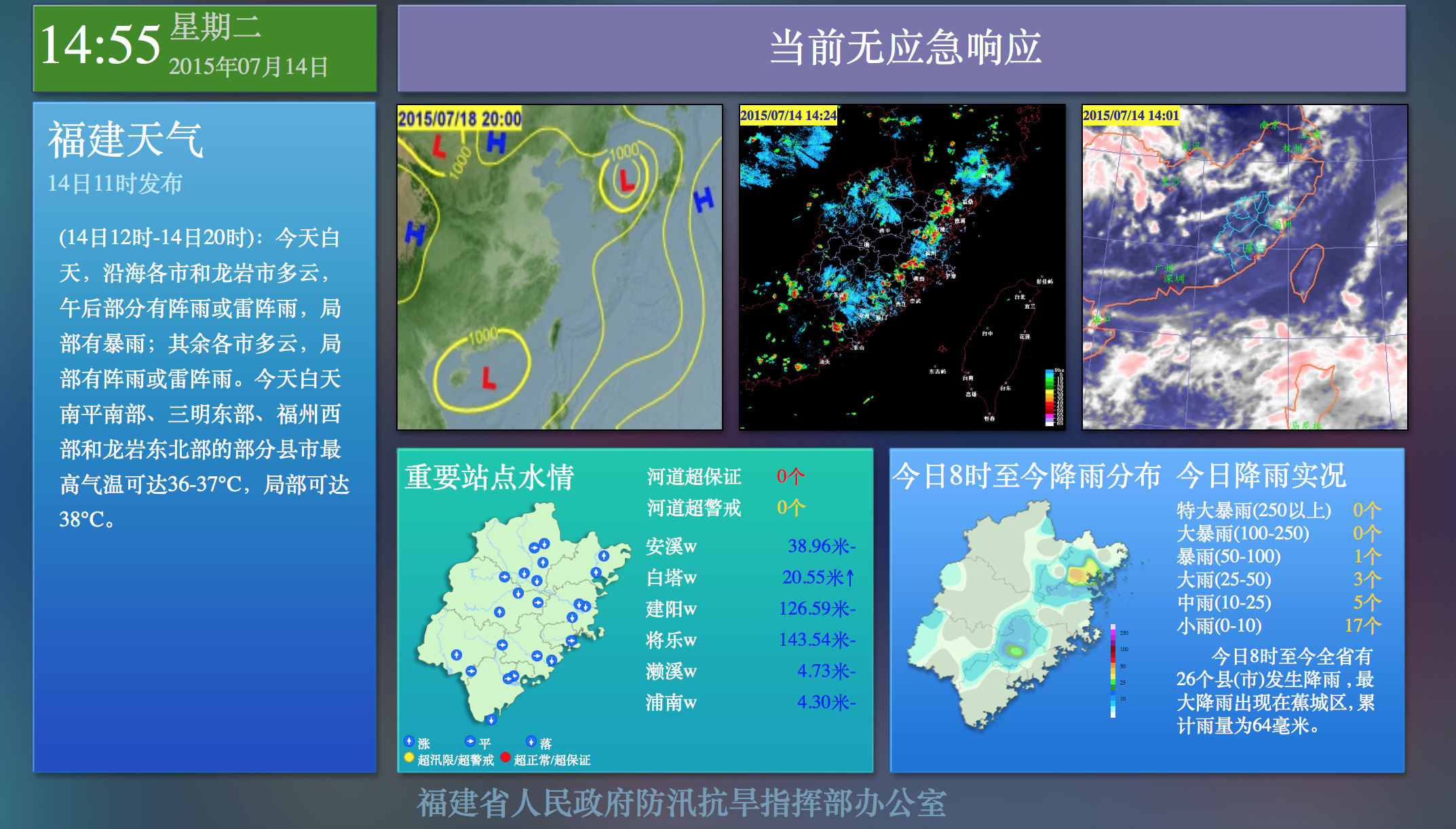
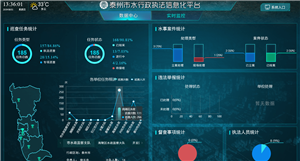

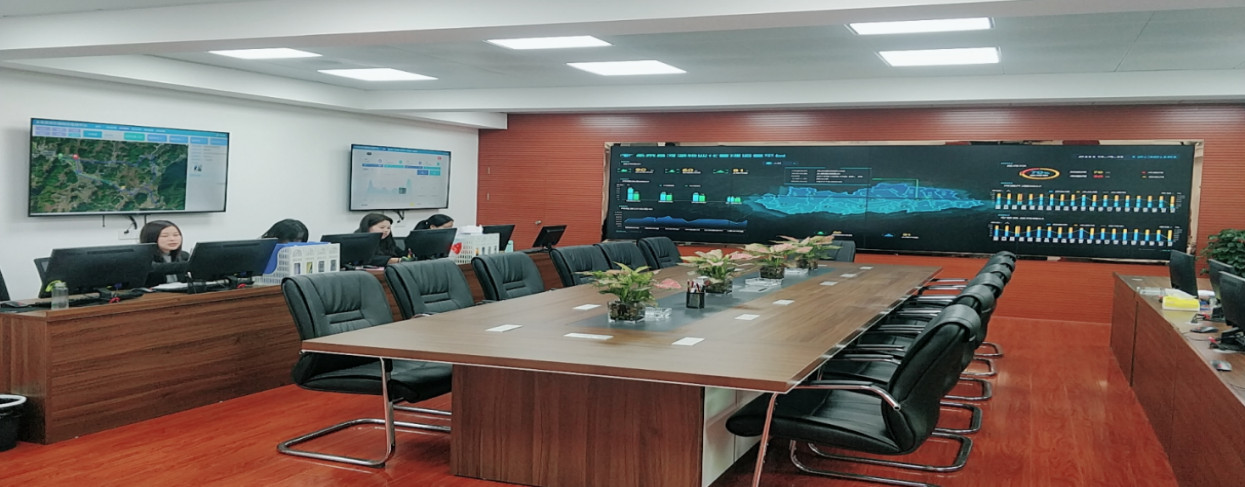
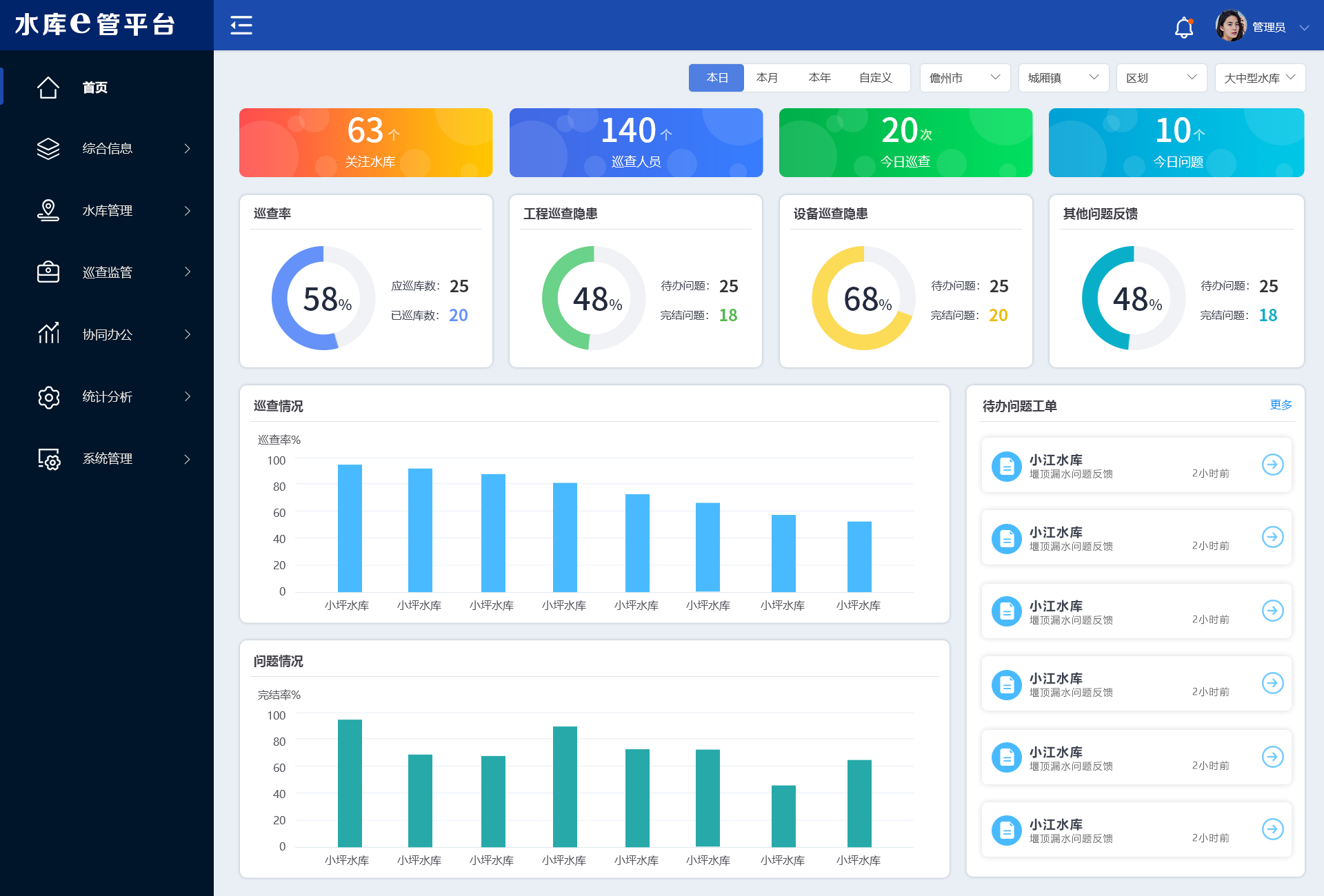

 Home
Home
 WeChat
WeChat 400-620-1615
400-620-1615




 Headquarters Address:ISTRONG Technology Building, Xingwang Science and Technology Park, No. 9 Gaoxin Avenue, High-tech Zone, Fuzhou
Headquarters Address:ISTRONG Technology Building, Xingwang Science and Technology Park, No. 9 Gaoxin Avenue, High-tech Zone, Fuzhou Phone Number: +86 591-22850288
Phone Number: +86 591-22850288  Fax: +86 591-22850299
Fax: +86 591-22850299 E-Mail:strong@istrong.cn
E-Mail:strong@istrong.cn
 闽公网安备 35012102500164号
闽公网安备 35012102500164号